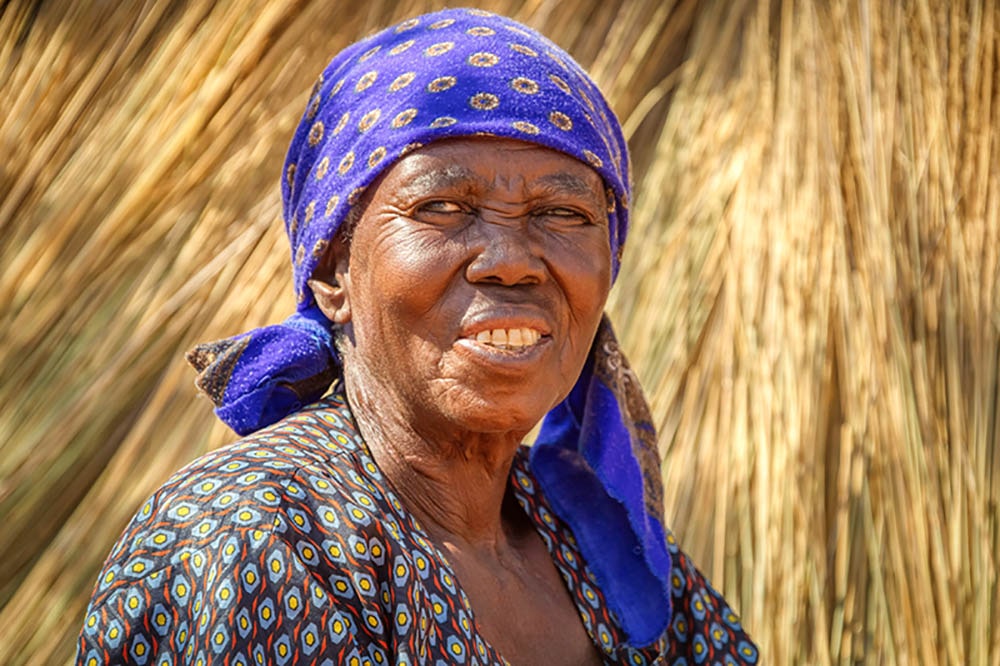
Physical, sexual, economic, and/or psychological abuse by a current or former spouse or intimate partner are all forms of intimate partner violence (IPV). The most common form of violence against women globally, IPV is best understood as a pattern of abuse in which women typically experience multiple, overlapping types of violence over time. IPV is both a violation of women’s rights and a barrier to their full participation in the social, political, and economic life of their communities. Significantly, the negative health and social consequences of violence accumulate over time—both over the life course and within a relationship.
No one factor causes IPV. It arises from an interplay of factors that combine to increase or decrease the likelihood that a woman will experience or man will perpetrate violence, including:
- individual experiences and life history
- interpersonal relationships
- community and social environment
- immediate context of a conflict (a situational trigger)
- social norms around gender and violence
- societal factors such as gender discrimination in laws and policies
The socio-ecological model (see figure) is used extensively to understand the multiple drivers of violence. We can adapt the framework to make it more specific to different types of violence, as well as different contexts.
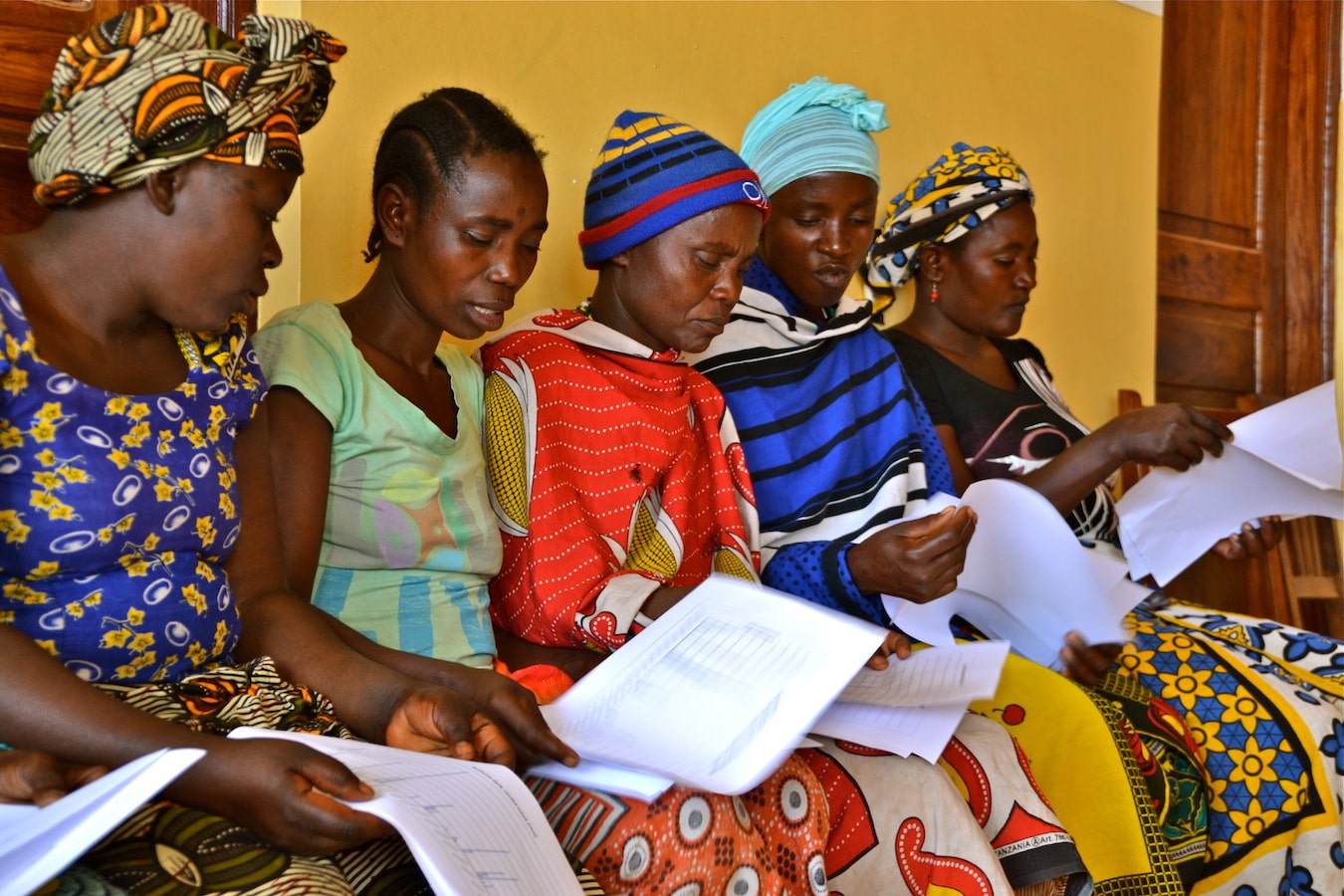
Global estimates from 2018 show that more than one in four women 15 or older will experience physical or sexual violence by an intimate partner in their lifetime. However, rates and patterns of violence vary widely both between as well as within countries and even between neighbourhoods in a city or villages in a rural area.
The profound differences in levels of violence demonstrate that society can be organised to limit women’s risk. Settings with low violence provide tantalising clues about what social, political, and economic conditions may help reduce IPV levels. Effective approaches to prevention depend on understanding the problem in context. Learn more about prevention strategies.
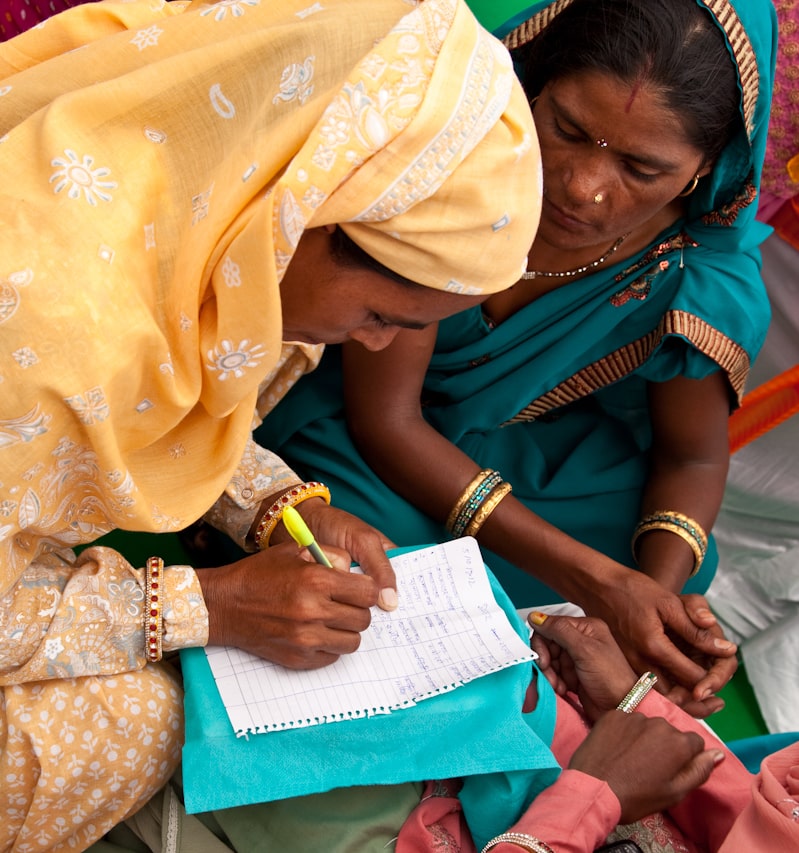
What Works in Reducing Economic Violence Against Women: Global Evidence From a Systematic Review and Meta-Analysis
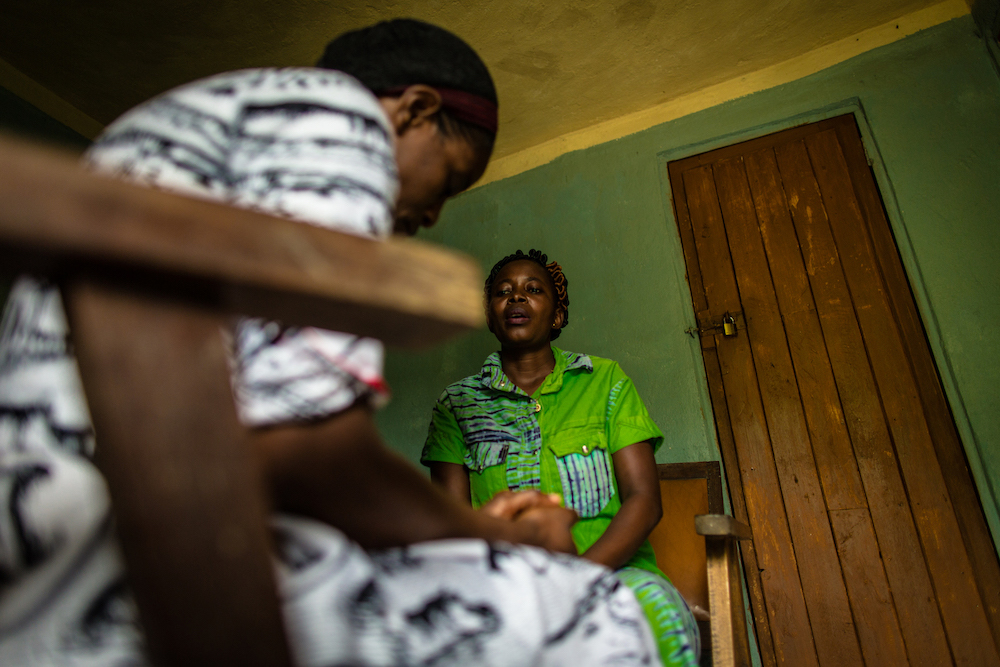
Violence Against Women as a Global Public Health Issue

Working with Couples: Prevention Strategies Deep Dive
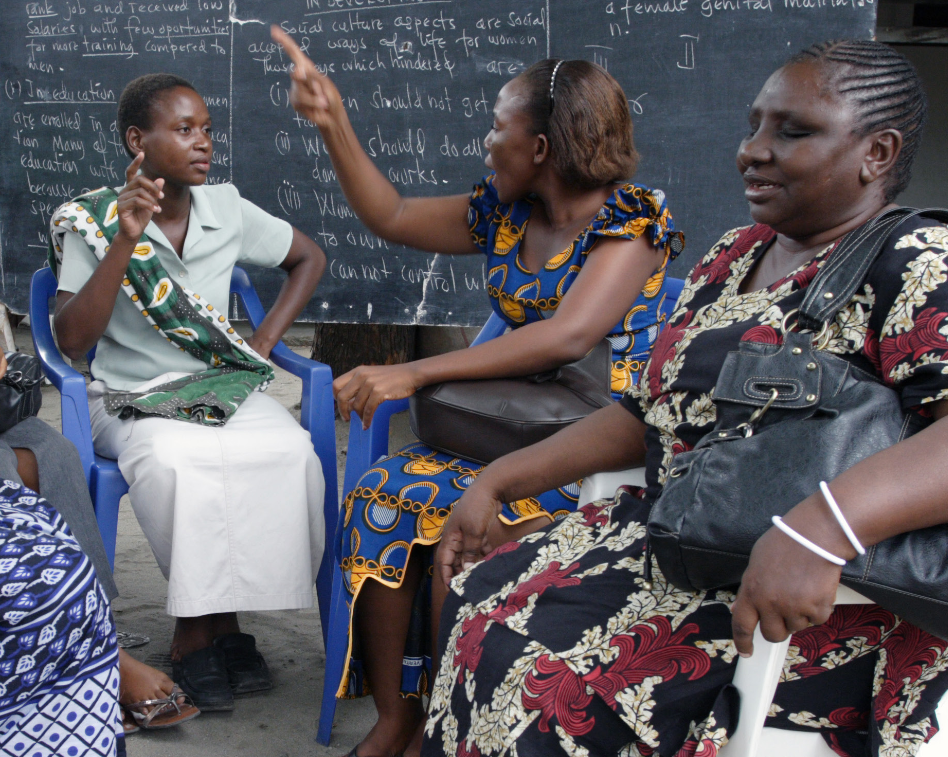
Developing an Inclusive Conceptual Model for Preventing Violence in the Home in Humanitarian Settings
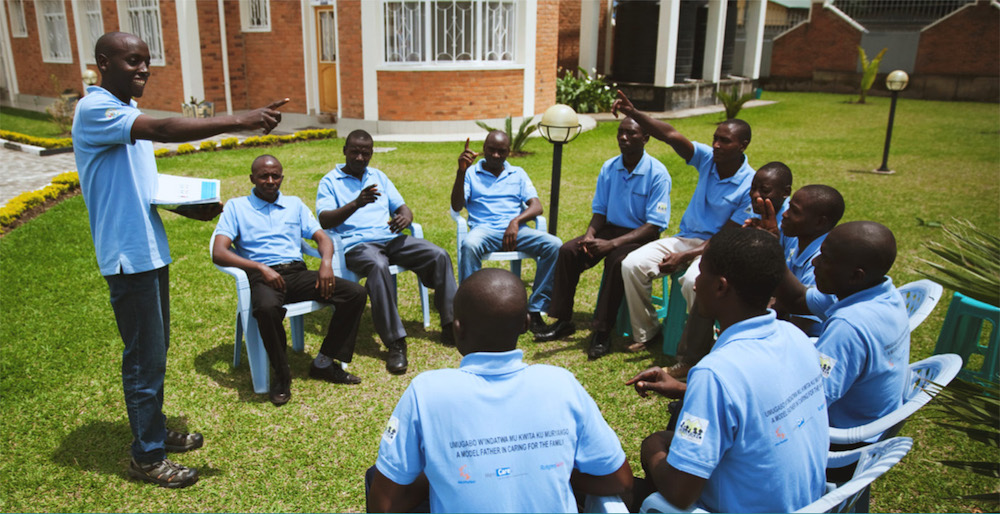
New Learnings on Drivers of Men’s Violence and Implications for Prevention

Gender Inequality and Domestic Violence

WHO VAW Prevalence Estimates, 2018

